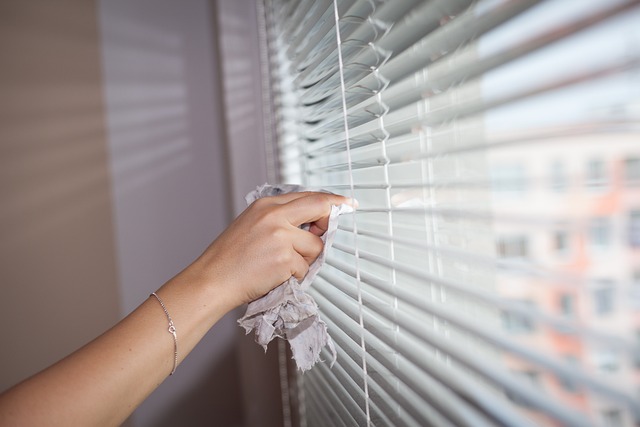Dry carpet cleaning is a popular, gentle method using specialized equipment and chemicals to remove dirt without saturating carpets with water. It prolongs carpet lifespan, preserves color and texture, and is swift and eco-friendly. Technological advancements like dry vapor cleaners offer deep cleaning while absorbent machines handle lighter soilage. Pre-treatment, understanding stain types, prompt spill treatment, and regular post-cleaning care maximize results. Choosing a reputable service using advanced techniques and eco-friendly products ensures optimal carpet condition.
“Uncover the secrets to revitalizing your carpets with dry cleaning, a powerful yet gentle approach to deep cleaning. This comprehensive guide explores the art of maintaining luxurious floors. From understanding the basics to choosing the right service, we delve into the benefits and processes behind effective dry carpet cleaning. Discover how advanced machines and specialized techniques handle various stains, ensuring your carpets remain spotless and soft underfoot. Learn the key to preserving this investment for years to come.”
Understanding Dry Carpet Cleaning: The Basics
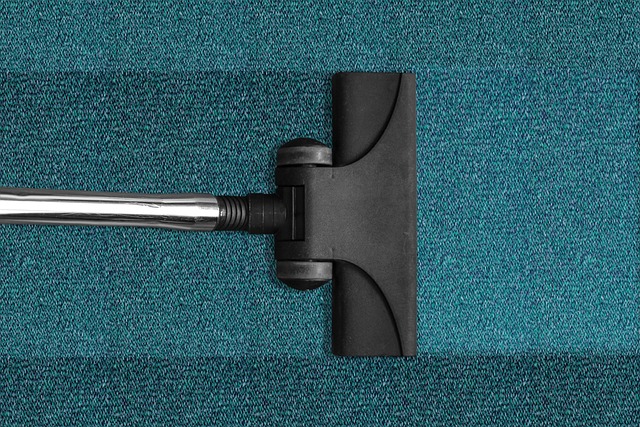
Dry carpet cleaning is a popular and effective method for maintaining the hygiene and appearance of your carpets without the need for wetting them. This process involves using specialized equipment to remove dirt, dust, and debris from the carpet fibres using minimal moisture. Unlike traditional steam cleaning, which saturates the carpet, dry cleaning leaves it nearly dry, ensuring that it can be used almost immediately after treatment.
The basic process begins with the application of a dry cleaning powder or solution onto the carpet. This compound adheres to dirt particles and breaks them down, allowing them to be brushed or vacuumed away. The equipment used in dry cleaning helps agitate the fibres, dislodge deeply embedded particles, and extract them without leaving behind excess moisture. This gentle yet powerful approach is ideal for various carpet types and can significantly prolong their lifespan.
Benefits of Choosing Dry Cleaning for Carpets
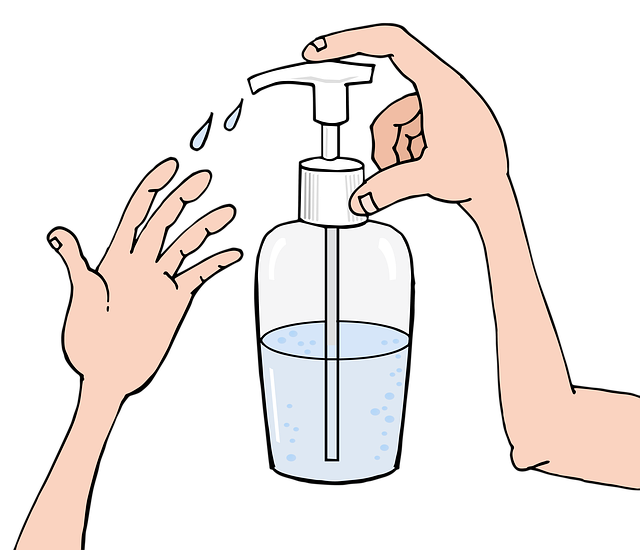
Choosing dry cleaning for carpets offers numerous benefits that make it a preferred method for maintaining floor coverings. Unlike traditional wet cleaning, dry cleaning is gentle on both the carpet fibers and the environment. It involves the use of specialized equipment to remove dirt, dust, and other impurities without the need for excessive water, thus minimizing the risk of mold growth and moisture damage. This method is particularly advantageous for sensitive carpets, as it prevents the shrinkage or discoloration that can result from over-saturating fabrics.
Additionally, dry carpet cleaning is swift and efficient, allowing for a quicker turnaround time compared to wet cleaning processes. It is also ideal for busy households or commercial spaces where downtime for extensive drying is not feasible. By adopting dry cleaning methods, you contribute to the preservation of your carpets’ quality, ensuring they remain soft, vibrant, and free from unwanted odors for an extended period.
How Does Dry Cleaning Work?

Dry cleaning carpets involves a methodical process that effectively removes dirt, stains, and debris from carpet fibers without using water. This low-moisture technique has become increasingly popular for several reasons. It is particularly suitable for delicate or synthetic fabrics that can be damaged by traditional wet cleaning methods. By avoiding water, dry cleaning preserves the carpet’s color, texture, and overall structure.
The process utilizes specialized equipment and chemicals designed to attract and encapsulate dirt particles. A dry cleaning machine blasts a fine mist of solvent onto the carpet, which dissolves stains and grime. As the solvent evaporates, it leaves behind no residue, ensuring a fast drying time. This gentle approach allows for deep cleaning while minimizing the risk of shrinkage or color fading often associated with wet cleaning methods in dry carpet cleaning.
Types of Dry Cleaning Machines and Their Uses

Dry cleaning carpets has evolved significantly with advancements in technology, leading to various specialized machines designed for efficient and effective cleaning. One of the most common types is the dry vapor cleaner, which uses a combination of hot water and eco-friendly solvents to remove dirt and stains. This method is particularly popular for its ability to clean deeply without damaging delicate fibers, making it suitable for a wide range of carpet materials.
Another type is the absorbent cleaning machine, which utilizes a pad or cloth to attract and absorb dirt particles from the carpet’s surface. Ideal for addressing light to moderate soilage, this method is often used for spot cleaning or as a pre-treatment step before a more thorough dry carpet cleaning process. These machines are versatile and can be adapted for both residential and commercial use, catering to different needs in the realm of dry carpet cleaning.
Pre-Treatment and Preparation for Dry Cleaning
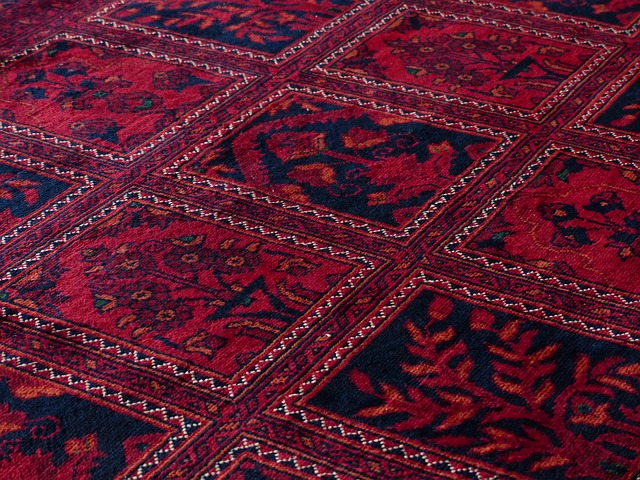
Before any dry cleaning process begins, proper pre-treatment and preparation are essential for achieving optimal results in dry carpet cleaning. This initial step involves thoroughly inspecting the carpet to identify any stains or damage. Professional cleaners will then use suitable tools to agitate the carpet fibers, helping to loosen dirt and debris. This agitation can be done manually or using specialized equipment, ensuring that the cleaning solution reaches every corner and fiber of the carpet.
Pre-treatment also includes spot-treating any persistent stains with appropriate chemicals. These treatments are carefully applied to target specific issues like oil spills, wine stains, or pet accidents. The pre-cleaning process prepares the carpet for dry cleaning by making it safer, ensuring that the cleaning agents can effectively remove dirt without causing further damage or discolouration.
Common Stains and Their Removal Techniques

Carpet stains can range from everyday messes to stubborn, set-in marks that require professional attention. Understanding common stain types and their removal techniques is essential for effective dry carpet cleaning. One of the most prevalent issues is liquid spills, which, if not treated immediately, can lead to deep penetration into the carpet fibers. Blotting with a clean cloth or paper towel is the initial step, absorbing as much of the liquid as possible without spreading it further. For dry stains like dirt, dust, or salt, regular vacuuming is sufficient for maintenance.
However, more persistent stains such as coffee, wine, or ink may require specialized solutions. Enzymatic cleaners or oxygen-based bleaches are often recommended for breaking down organic stains naturally. For heavier soiling, dry cleaning techniques come into play. These methods use powerful yet gentle solvents to lift dirt and debris without damaging the carpet fibers, ensuring a deep clean ideal for delicate fabrics.
Caring for Your Carpet After Dry Cleaning
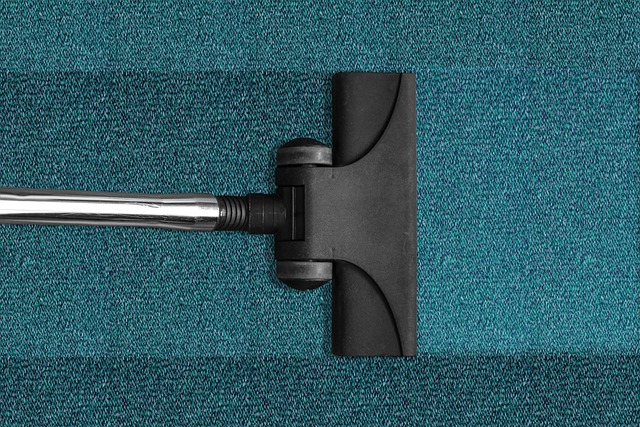
After your carpets have been dry cleaned, proper care is essential to maintain their clean and fresh appearance. One key step is to avoid tracking in dirt or mud from shoes, as this can quickly soil the fibers again. Regularly sweeping and vacuuming with a high-efficiency particulate air (HEPA) filter vacuum will help remove loose debris and allergens.
Additionally, be mindful of what products you use around your carpets. Always opt for carpet-safe cleaning solutions and avoid using harsh chemicals or abrasive cleaners that could damage the fibers. Remember to treat any spills immediately to prevent staining, and consider rotating your carpet’s traffic flow to promote even wear and tear.
Choosing the Right Dry Cleaning Service

Choosing the right dry cleaning service for your carpets is essential to ensure optimal results and prevent further damage. Look for professionals specializing in dry carpet cleaning, equipped with advanced techniques and eco-friendly products that are gentle on delicate fibres yet effective at removing dirt and stains. Reputable companies will offer customized solutions tailored to your carpet type and specific cleaning needs.
Read reviews, ask for recommendations, and verify certifications to assess their expertise and commitment to quality. Ensure they use state-of-the-art equipment and offer a satisfaction guarantee. A professional dry cleaning service should also provide detailed pre- and post-cleaning assessments, ensuring transparency throughout the process and addressing any concerns you may have about preserving your carpet’s condition.
